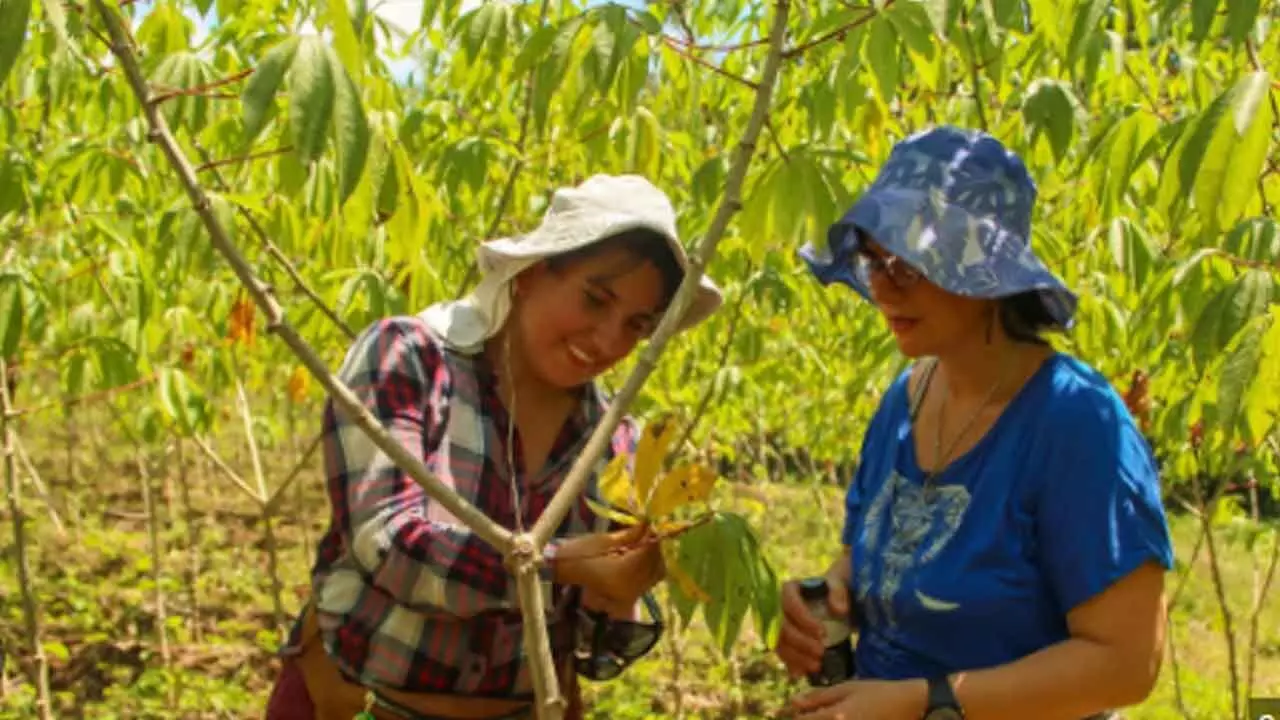Hybrid Technology Key To Small Farmers’ Growth, Food Security
Despite agri share in GDP declining, it’s critical for inclusive growth
Hybrid Technology Key To Small Farmers’ Growth, Food Security

New Delhi: Hybrid crop technology can play a crucial role to address the unique challenges faced by the agricultural sector, particularly in supporting small-holding farmers who comprise 88 per cent of the agricultural workforce, helping India become a developed nation by 2047, Principal Secretary to Prime Minister PK Mishra said on Wednesday.
Despite agriculture’s share in GDP declining from 42 per cent in 1977 to 18 per cent in 2023-24, the sector remains critical for inclusive growth with 46 per cent of India’s workforce still dependent on it, compared to 70 per cent in 1977. “For becoming a developed country, we need to have not only higher rate of economic growth but the growth should be inclusive and sustainable,” Mishra said addressing a national symposium organised by Trust for Advancement of Agricultural Sciences (TAAS) here.
“The agriculture sector plays an important role in making growth inclusive and equitable.” India’s agricultural growth has shown remarkable acceleration, reaching an unprecedented annual growth rate of 5 per cent during 2016-17 to 2022-23, with significant contributions from livestock (5.8 per cent) and fisheries (9 per cent). However, structural challenges persist. The number of small farmers has increased to 146 million in 2015-16, with average holding size shrinking from 2.8 hectares in 1970-71 to 1.08 hectares.
ICAR projects agriculture’s GDP share will further decrease to 7 per cent by 2050, while still employing 27 per cent of the workforce. “Hybrid technology can play a crucial role in addressing these structural challenges,” the official said, emphasising its potential to boost productivity and profitability for small-holding farmers. Mishra suggested a multi-pronged approach focusing on: increased adoption of hybrid technology in profitable crops, diversification into horticulture, livestock, and fisheries, enhanced technology adoption for small-holding farmers, sustainable intensification of food grain production and development of non-farm activities.
The success of hybrid varieties in vegetables, which helped India achieve production of 213 million tonnes in 2022-23, demonstrates the technology’s potential to support small farmers’ incomes while ensuring food security.
“We need to improve the condition of small-holding farmers through technology adoption and crop diversification,” the official added, noting that successful hybrid technology implementation could help bridge the growing rural-urban income gap.
The agricultural transformation must balance the twin goals of ensuring food security and improving farmer profitability, Mishra emphasized, with hybrid technology serving as a key enabler for both objectives.

